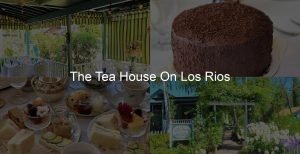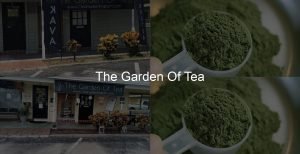Welcome to Annie's Vintage Delights, your go-to source for discovering the finest tea rooms! We specialize in reviewing and showcasing the best tea rooms, where you can experience the art and charm of a traditional High Tea.
From cozy countryside escapes to luxurious urban hideaways, we review it all – finger sandwiches, scones, and cakes, served with elegance. We aim to guide you to the perfect setting for your next tea time adventure, complete with reviews on atmosphere, food quality, and service.
Follow along as we bring you the top tea rooms, ensuring your next High Tea is truly unforgettable!

Reviews
- High Tea at The Tea Room Experience
- High Tea at Té Company: A Cozy Oolong Adventure
- High Tea at Silver Dove: A Delightful Escape in Boston
- High Tea at Cha-An: A Delightful Experience in NYC
- High Tea at The PARISIAN TEA ROOM NYC: A Complete Guide to an Elegant Experience
- High Tea at The Brown Palace: Discover the Timeless Charm
- High Tea at Prince Tea House: A Delightful Experience
- High Tea at Lady Mendl's Tea Salon: A Delightful Victorian Experience
- High Tea at the Phoenician: A Delightful Experience in Scottsdale
- High Tea at The Tea House On Los Rios: A Charming Experience
- High Tea at The Garden of Tea: Sip, Relax, and Savor
- High Tea at Joseph’s Tea Bar Dunedin: A Delightful Experience
Latest Articles
- High Tea at The Tea Room Experience
- High Tea at Té Company: A Cozy Oolong Adventure
- High Tea at Silver Dove: A Delightful Escape in Boston
- High Tea at Cha-An: A Delightful Experience in NYC
- High Tea at The PARISIAN TEA ROOM NYC: A Complete Guide to an Elegant Experience
- High Tea at The Brown Palace: Discover the Timeless Charm
- High Tea at Prince Tea House: A Delightful Experience
- High Tea at Lady Mendl's Tea Salon: A Delightful Victorian Experience
- High Tea at the Phoenician: A Delightful Experience in Scottsdale
- High Tea at The Tea House On Los Rios: A Charming Experience
- High Tea at The Garden of Tea: Sip, Relax, and Savor
- High Tea at Joseph’s Tea Bar Dunedin: A Delightful Experience
- High Tea at DRIP Clearwater Botanical Tea: A Relaxing Escape
- High Tea at The Muddy Root Kava Cafe
- High Tea at Herbanicals Botanical Teas & Kava Bar


















